The gravel crunches beneath my feet as I tuck my face down into my jacket. What started as a crisp fall morning is rapidly deteriorating into unpleasant cold. Swirling gray clouds suggest a storm. Set against the monochrome brown hills I traverse, there’s a certain bleakness.
I could turn around and walk home, but I press on, knowing rewards await.
It doesn’t take long. I round a bend in the trail and see movement a short distance ahead. A coyote. Then another. Both pause and stare at me. The wind ruffles their fur, making them appear like puffy dogs. Finally, their curiosity sated, they both trot away, a gait nothing like domestic canines.
I continue on, hoping to see the large herd of pronghorn I’ve been regularly encountering. A few days ago, I spotted a herd of elk. Usually, I can count on some raptors. All this, in a wildlife management area I can access a few minutes’ walk from my southwestern Idaho home.
I feel lucky to live near such an area. Not everyone can see elk before breakfast.
A wildlife paradise? Yes and no. It’s complicated.
These hills have largely been taken over by cheatgrass. Much of the wildlife that would have originally been found here is long gone. And still, it’s the natural area where I spend the most time. It’s where I go for writing inspiration, for a quick break, when I need a critter fix. It’s degraded and invaded, but I still find marvels here.
How do we approach degraded lands? What role do they play in our conservation conversations? How do we value them? And does it matter?
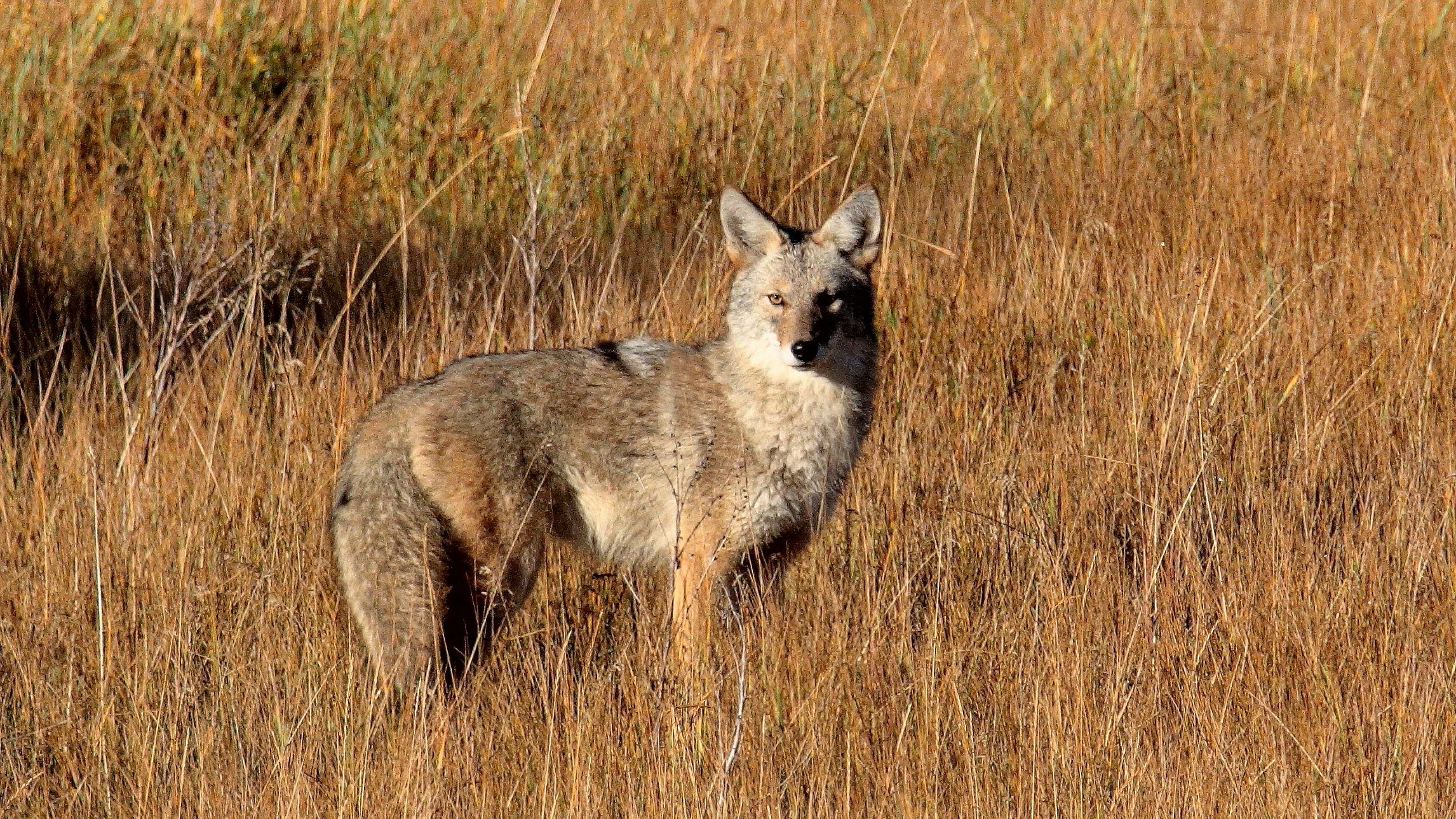
Vanishing Sage
The lower Boise foothills, like much of southwestern Idaho, was once part of the sagebrush sea (also commonly called sagebrush-steppe habitat). I know many in this part of the world favor the mountains, those classic peaks and conifer forests. But sagebrush country is a naturalist’s wonderland, if you only get out and walk.
Healthy sagebrush habitat is not just sage. It’s a mosaic of plants, with a mix of shrubs, wildflowers and forbs (among others). Wildlife species thrive in that mix, some found nowhere else. Sage grouse are the best known, but there are others. Sage thrashers, sagebrush sparrows, pygmy rabbits and sagebrush voles all need healthy sagebrush to thrive. There are even spiders that specialize in building webs in the brush on sagebrush branches.
I find large mule deer herds in the sagebrush. Some live there year round; others migrate from the mountains to spend the winter. Big sagebrush and bitterbrush pop up through the snow, providing nutritious feed through the cold, difficult months.
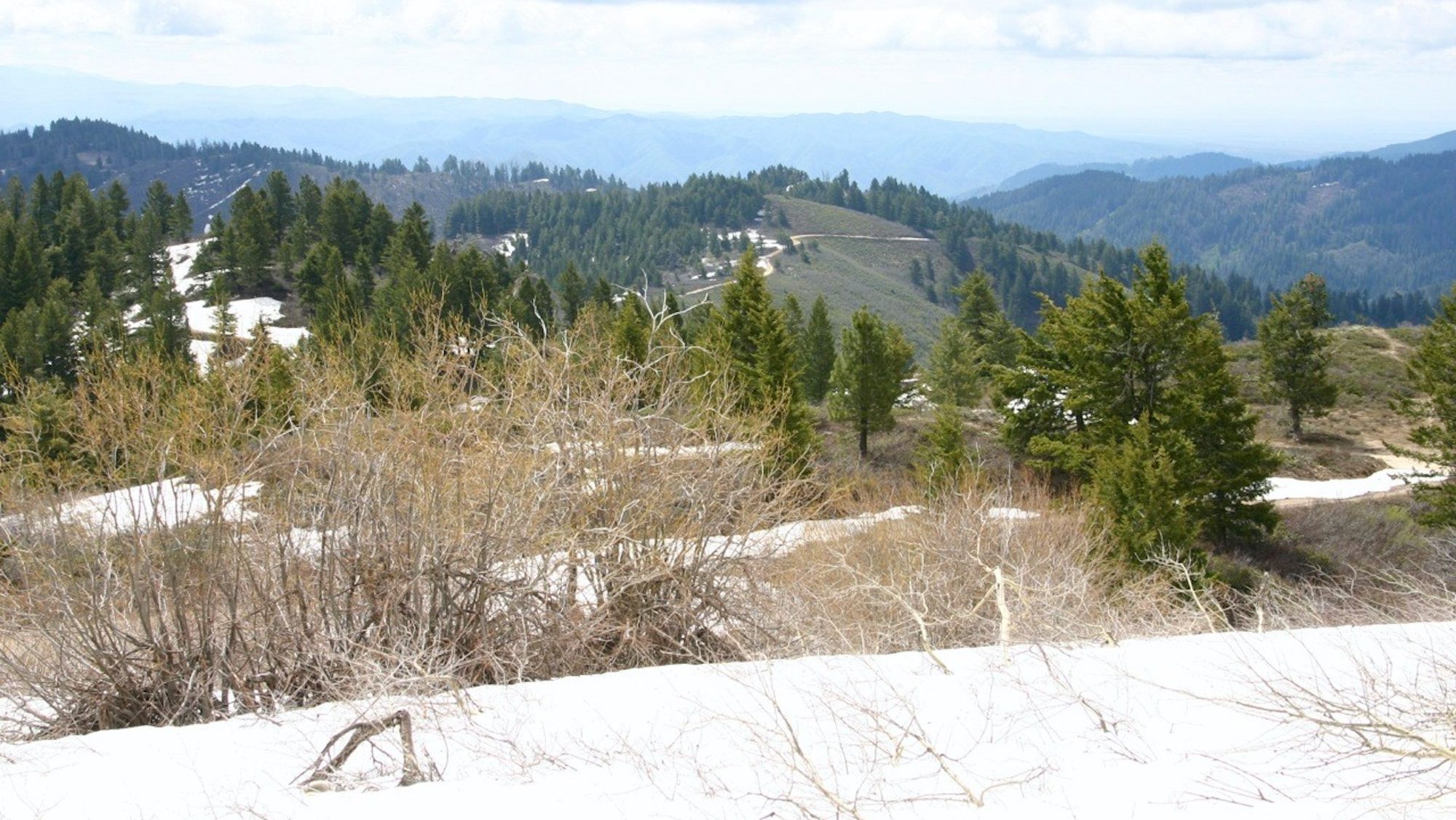
Walking slowly, I nearly always find something interesting: A long-tailed weasel emerging with a young ground squirrel in its jaws. Prairie falcons circling overhead. A desert horned lizard munching ants. Redband trout, specially adapted to warmer waters, sulking in canyon rivers. Badgers and bobcats, burrowing owls and ferruginous hawks, and one lucky day, a mountain lion.
The sagebrush sea once covered large swaths of the western United States, including the hills near my home. Most of it is gone.
Many of the usual suspects play roles in the destruction, including overgrazing, development and too-frequent fire. A lot of this country is still public land. The open space is still there. But restoration is exceedingly difficult, largely due to one invasive plant: cheatgrass.
Sagebrush is adapted to fire, but only on a 50 to 75-year cycle. It recovers slowly. That was not a problem for much of sagebrush’s existence. It is now. That’s because cheatgrass is adapted to annual fire. It blossoms after a fire, or really, any disturbance.
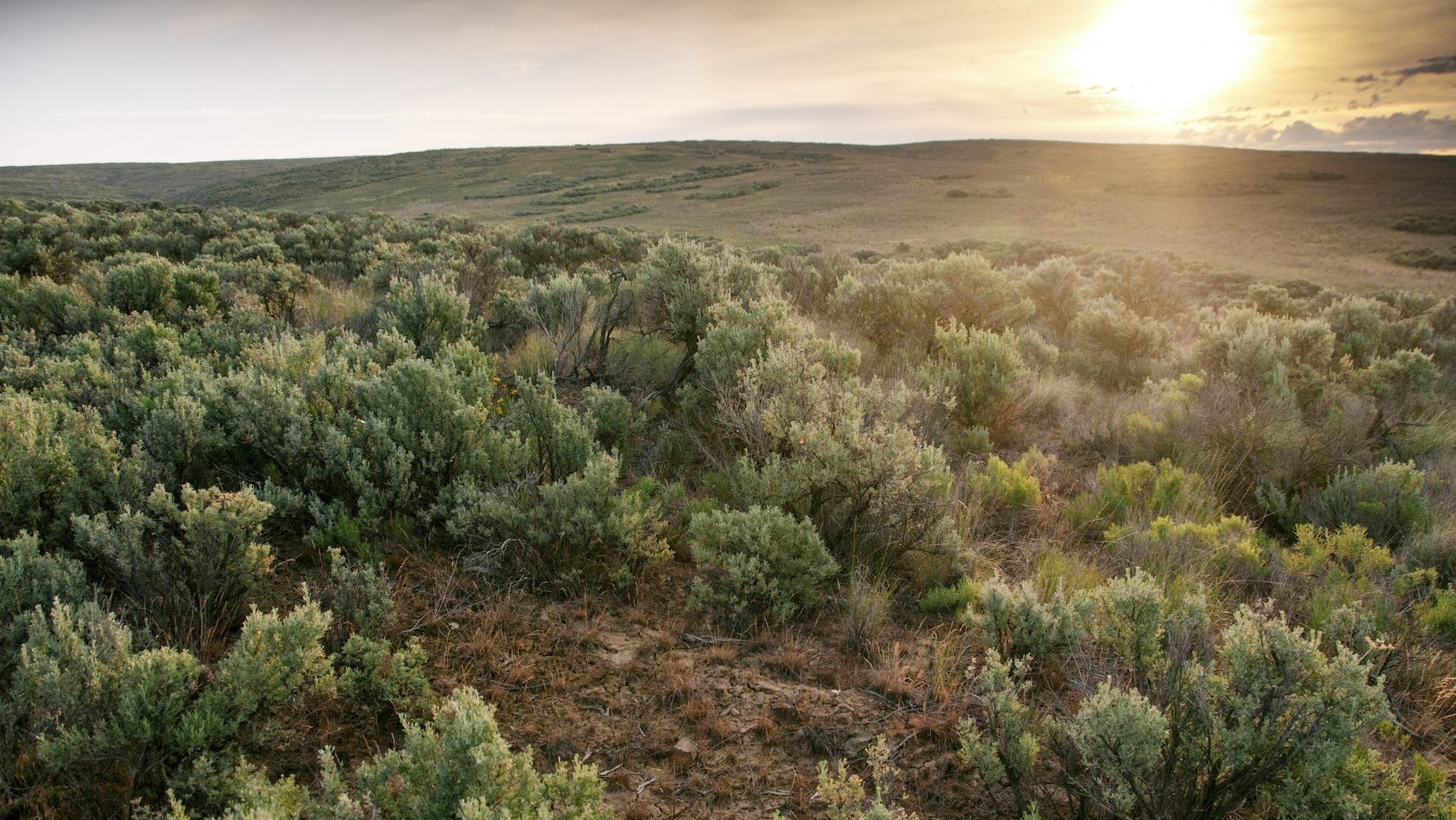
Say a fire rages through a swath of sagebrush habitat. The cheatgrass immediately takes hold. The sagebrush and native plants begin recovering, but there are now more invasive plants in their midst, plants that are more prone to fire. A new fire comes, not 50 years from the first burn, but in a few years. More cheatgrass takes over and the sagebrush loses ground.
Soon, the area is dominated by cheatgrass, a monoculture of invasive weed. There may be bits of native habitat hanging on, but hardly sufficient for a healthy ecosystem.
I’ve seen this happen to far too many special places in Idaho. In just a few years, a rich and robust ecosystem is reduced to cheatgrass-infested hills.
That’s the case in the Boise foothills near my home. I can find isolated patches of sagebrush. Certainly there are still some beautiful wildflowers. But I won’t find a sage grouse or a pygmy rabbit. The mule deer cling to a precarious existence, but without nutritious shrubs, a severe winter can bring disaster.
It’s open space. It’s a degraded ecosystem. Most area residents – walking their dog or mountain biking – won’t even notice. So: does it matter?

What Are We Conserving?
Conservation is, inevitably, driven by human values. While we imagine conservation to be a very particular set of values, the reality is that different people have different notions of what should be conserved. This is reflected in the varying priorities of conservation organizations and conservation funding.
It might seem, at least to me, that the loss of the sagebrush sea is a conservation crisis. But do others feel the same?
For many, the open space of the Boise foothills is enough. That space and miles of trails provide what they’re seeking. I spend a lot of time in pursuit of outdoor recreation in the foothills: hiking, running, birding, hunting. But I worry that some, particularly in the United States, believe that providing open space for outdoor recreation is the end game of conservation. I don’t think that’s enough. It reduces natural areas to open-air theme parks, good for exercise and thrills and fresh air, regardless of biodiversity.
There’s a parallel train of thought that suggests, perhaps, we just embrace the cheatgrass-infested hills as “novel ecosystems.” This has become an increasingly popular vein of conservation thinking, one that argues invasive species are not as bad as we think, that humans value the native over the non-native for illogical and possibly even sinister reasons.

I work in the realm of conservation ideas, so I’ve always thought it’s important to understand the different conservation philosophies out there. I’ve read the books and articles suggesting we embrace or at least accept invasive species. I understand the arguments. I was reading one book, trying to be open minded, when the author started singing the praises of invasive cheatgrass.
Here, the book lost me. I can see how people could love non-native camels or feral horses or introduced brown trout, damaging as those species may be to habitats and native species. But cheatgrass? Cheatgrass is difficult to love. I suspect even invasive species apologists would quit loving cheatgrass after a few hours hiking around in it. It clings to clothing like Velcro, ruining socks and irritating skin.
But more: that complex mosaic of the sagebrush sea – the sage grouse and wildflowers and mule deer and so much more – is reduced to a field of weeds. All the wilderness deconstructionism and invasive species relativism cannot change this. The spread of cheatgrass is the destruction of biodiversity. And I value biodiversity, because I believe a biodiverse world is a richer and more resilient world. I don’t apologize for that.
And yet: there’s also another truth. I spend an awful lot of time in these cheatgrass-infested hills. It’s the little part of the natural world I know and love best.
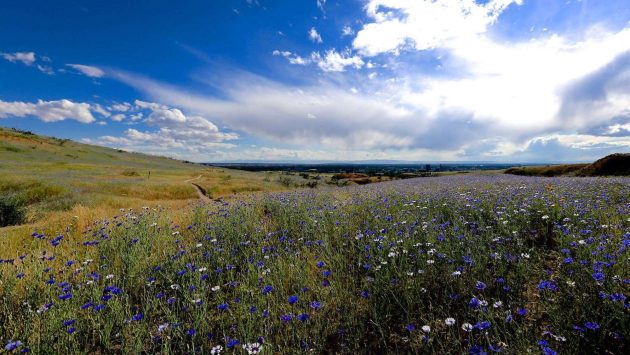
The Solace of Degraded Spaces
I’ve been privileged to see some of the great wildlife habitats around the globe and I live in a U.S. state with expansive wilderness. But as is the case with most people reading this, I can’t go out for an afternoon hike in pristine habitat this afternoon. I have a job and family and other obligations.
If I want to enjoy nature, I make do with what is nearby. And perhaps “make do” is unfair. I love my foothills hikes dearly. It is not enough for me just to hike. I’m out there searching, always searching, for wildlife.
I won’t find a sage grouse here. Those days are long gone. But still: I do find wildlife, the creatures adapted to live in this degraded land. There are coyotes and red-tailed hawks and kestrels. Western meadowlarks are abundant in the spring, their calls a welcome soundtrack to my walks.
A herd of pronghorns still hangs on, and elk migrate here in the winter. And there are surprises, like the time a couple years ago I came across a pair of courting gopher snakes.
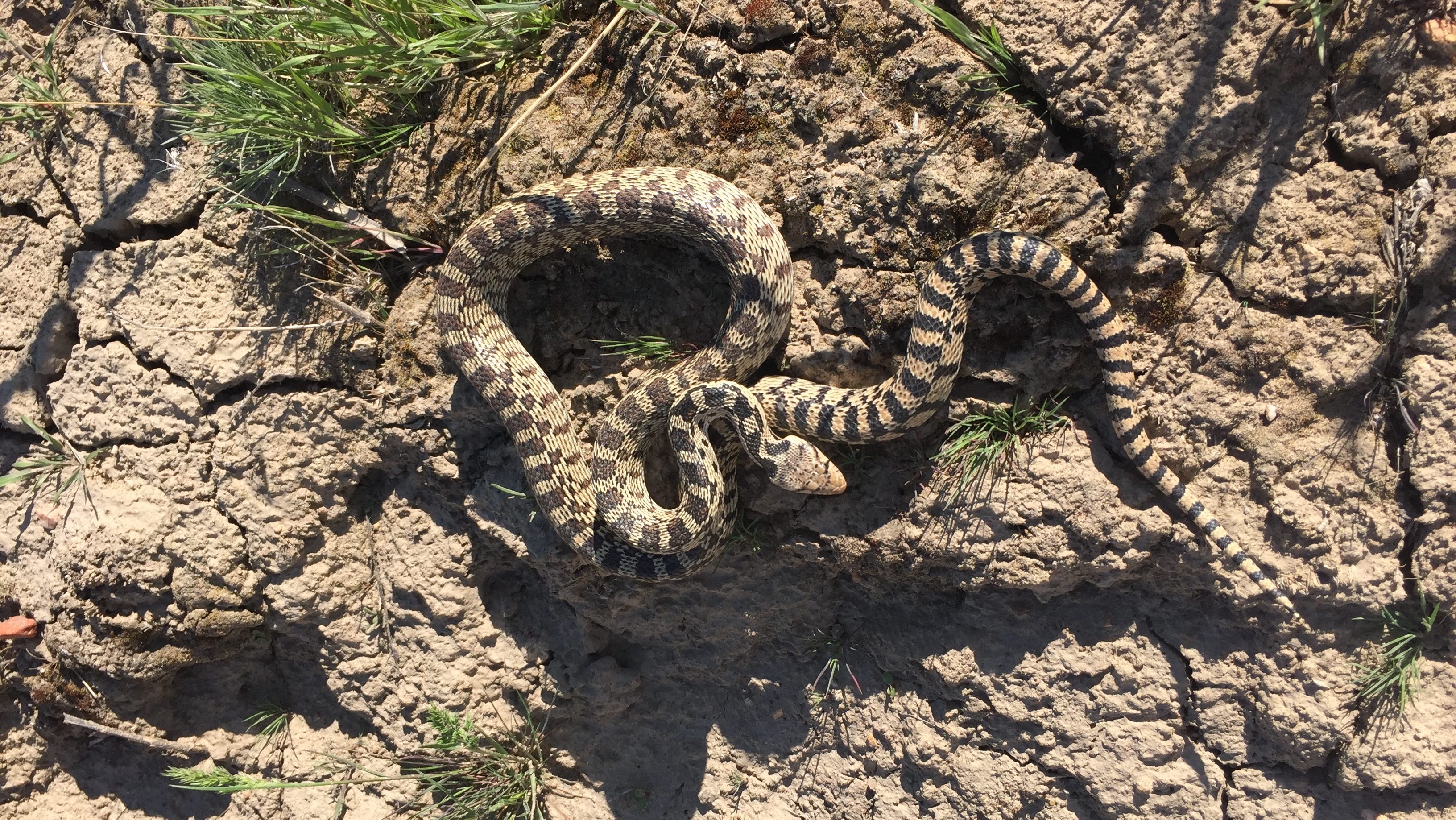
Last summer marked the year of the grasshopper: inconceivable numbers of the insect swarmed on the grass. I had an idea. Perhaps this could be a source of wild food. My foraging drew some strange looks, as I ran across the flats with a butterfly net. I served up the friend hoppers to friends. The young ones were fairly tasty while the old ones were bitter. And they were probably best enjoyed in appetizer-sized servings.
There are still wildflowers here, too. In the spring, striking arrowleaf balsamroot covers the hills in solid gold. You can still find a variety of species here. As much as healthy sagebrush country? Of course not. But a wildflower enthusiast can still find beauty.
Through the years and changes, I notice changes and unusual occurrences. I love visiting new places, but the foothills offer me the chance to observe, to slow down, to track the rhythms of the natural world.
This particular patch of ground was once scheduled to be a housing development. Thanks to citizen action and a citizen ballot initiative that funds open space acquisitions, it’s now a wildlife management area. I know conservationists who argue that such money and time would be better spent on more pristine habitat, more biodiverse areas. They make prioritizing conservation a formula. But can the value of these foothills, altered though they may be, really be reduced to a formula?
I fear that if nature is only about the healthiest, most biodiverse places, then nature for most people is something “out there,” encountered on vacations or nature documentaries, if at all. Instead, we need to nurture relationships with nature near us – the city park, the coastal fishing pier, the cheatgrass-covered hills.

I’ve come to recognize that we must love, experience and care for these degraded places, too. I can acknowledge, as Aldo Leopold put it, that we live in “world of wounds.” But that doesn’t mean we can’t form deep connections to these wounded places.
Doing so does not negate the value of healthy ecosystems. It does not embrace invasive species. It simply means loving the natural world as we encounter it, and using that love to help us carry on with the hard work of conservation.
This week I’ll be back up in those hills, perhaps searching for an antler shed by a deer, or a merlin, or a coyote. I’ll bend down to identify tracks in the mud; I’ll look up to see a migrating flock of cranes. I’ll strain my ears, listening for that first meadowlark of the season, its call a reminder of the wild that still remains. Even here. Even in these cheatgrass-infested hills.
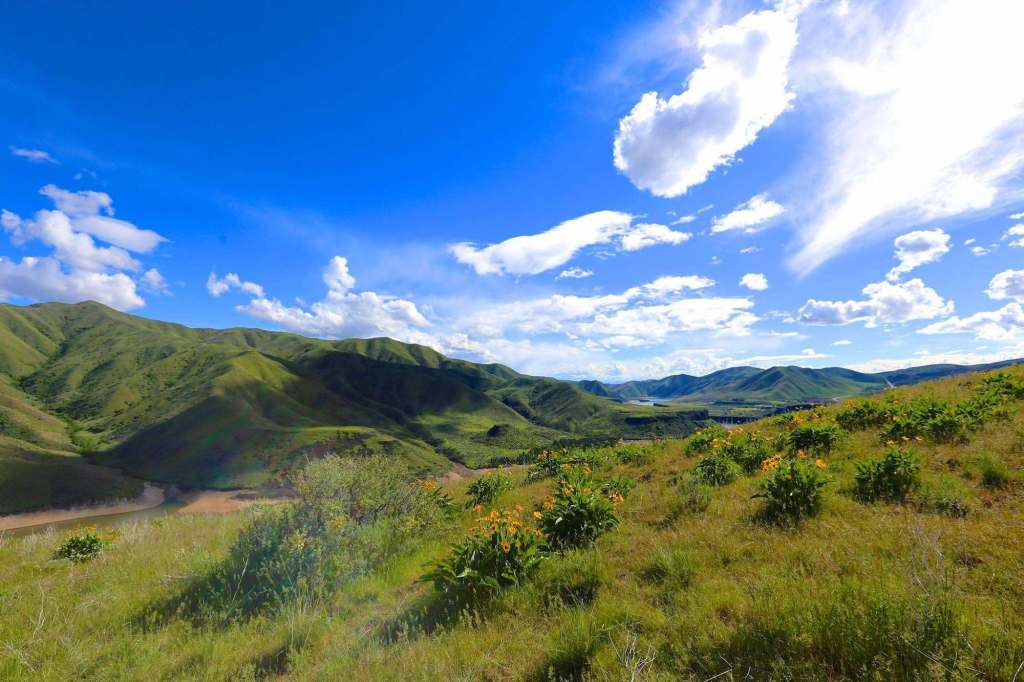



This is a valuable comment, but it leaves me with a question. Even if one can appreciate the degraded area, the clear point is that it would be better without the cheatgrass. So what would be involved in replacing it with sage? However desirable it may be, is it just an impossible dream? If the sage could be brought back in some practical way, it seems like it should be done.
Norm,
Thank you for your comment. I agree that, whenever feasible, native ecosystems should be restored. In the case of cheatgrass monoculture, it’s proven especially difficult. Currently, newly burned areas of the foothills mentioned in my story are being replanted with sagebrush and other native plants. But success has proven difficult and many promising restoration practices have not proven to be practical at the scale required. For the foreseeable future, there are going to be cheatgrass-infested hills. I support research and restoration efforts, but I also acknowledge that fact.
Best,
Matt Miller
Matt, thanks for updating this essay, and sending it back out into the blog-o-sphere! I like how you ping back and forth, sharing your own musings on how to think and feel about these spaces. Articulating the tension many of us feel in our chosen work of land conservation.
Thanks to all these comments that are both informed and thoughtful and passionate. I find myself asking, what is nature? And for the sake of especially children who grow up with no connection to any nature, as many areas of the natural world, invasive or non-invasive, need to be conserved as possible. Areas accessible to people who cannot go on nature tours or cruises or trips.
Don’t give up on seeing a Greater Sage Grouse on the Boise River WMA at least not in the Charcoal Creek Segment. I have seen them there from time to time.
Unfortunately you are right about the area close to your place. It has been about 30 years since I saw Greater Sage Grouse in the Boise Front Segment or adjoining lands. One of the spots I saw them is protected (Hammer Flats) but the other is now a subdivision.
I am not a big fan of cheat grass and the fire regime that comes with it since it is one of the biggest negative impacts on Greater Sage Grouse habitat. Chukar Partridge love it bit not Greater Sage Grouse.
I think your essay on invasive species and the degradation(read “change”) of our ecosystem is a great illustration of a fundamental truth which escapes many who debate and discuss this issue. The planet will be fine. There will be an ecosystem that thrives and is beautiful and complex in its own way. The issue, the danger, is that we humans are changing the ecosystem into which we evolved so successfully. If we change it enough, we will fail as a species when our sources of food and water change and disappear. We must tolerate Cheat Grass while recognizing that its ascendance is emblematic of changes that will harm humans while a new and wonderful ecosystem evolves. An ecosystem that may save no place for humans.
The think invasive problem is best handled on a case-by-case, and with science rather than emotions or esthetics being the deciding factor. Take the “problem” with green iguanas and Burmese pythons in south Florida as an example. I believe so much emphasis is placed on trying eradicate these two species is based more on fear and loathing rather than actual science. Many people are afraid of and disgusted by big snakes and lizards.
Green iguanas are called invasive but there are records of them in the Florida Keys long before there was a pet trade, which is admittedly where most of the ones in south Florida came from. But do they actually do any harm to the environment? Most are found in suburban areas, where they eat mostly non-native plants and dig nests in flower beds and canal banks. Yet unregulated “hunting” is ignored and often encouraged for these animals, as if they were some grave threat to the environment.
More controversial are Burmese pythons which are supposedly wiping out south Florida’s wildlife and represent a danger to humans if the official word on them is to be believed. But are they really? Pythons need about 1 or 2 decent meals a week while growing, and as adults do fine on a couple decent meals a month. Now compare this to the amount of animals killed daily by feral pigs and cats. Yet there are efforts to eradicate feral pigs and cats by the state government and the fish and wildlife commission of Florida, as there are with Burmese pythons. And as for them being a danger to humans, there are no records of them attacking, let alone killing a human in Florida. To sum up, I wish that the threat that invasive species caused, and the response to that threat, came from a more reasonable, science-based position, rather than just people finding these animals “scary”.
Matthew,
Thank you for sharing this personal and political story. I see too many conservationists lost in a dream of “pure” native nature, unable to see the flawed-but-still-beautiful world around them. I empathize with your struggle to learn to love degraded places, even the hard-to-love places that are infested with cheatgrass. Trying to widen our circle of appreciation to include even nasty invasives helps us appreciate the natural in the unnatural: the native pollinators that use invasive wildflowers, the native birds that nest in invasive trees. To quote my favorite environmental movie, our task now is to try to “see with eyes unclouded by hate.”
Conor,
Many thanks for your kind words and comment. I think learning to embrace our “flawed-but-still-beautiful world” is an important task for all conservationists.
Best,
Matt